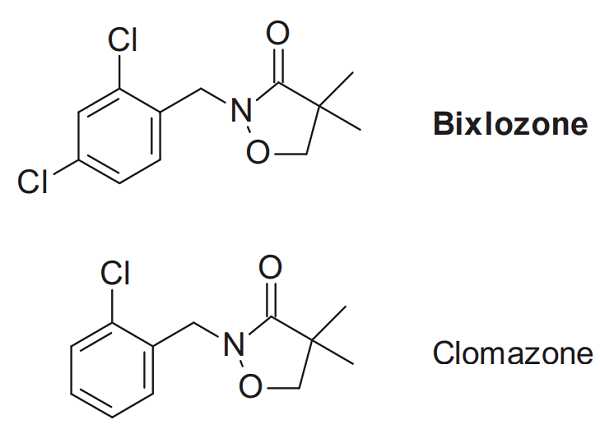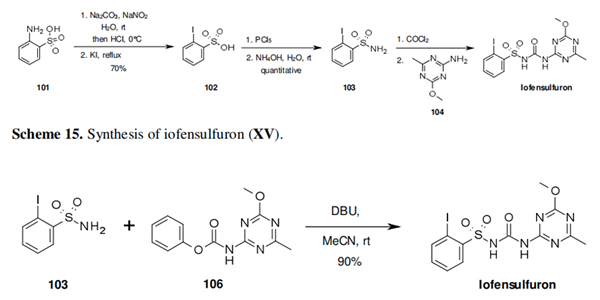Pesticides refer to the kind of chemical reagents used in agriculture for protection crops from disease, insects, rodents and regulating plant growth and killing weed. In addition for being applied to the agriculture, it can also be used in health and epidemic prevention, forestry, animal husbandry, environmental and health aspects. Based on the control object, it can be divided into insecticides, fungicides, miticides, nematicides, rodenticides, herbicides, defoliants and plant growth regulating agents. It has been developed of more than one thousand kinds of pesticides with most of them being made from chemical synthesis while a few of them belonging to biological pesticides. Pesticides used for controlling of harmful insects are called insecticides. Insecticides in early time are mainly biological insecticide (e.g. pyrethrum, nicotine, etc.) and inorganic compounds. Until the 1940s, the discovery and application of DDT and HCH had greatly promoted the rapid development of organic pesticides, leading to the emergence of three categories of organic pesticides including organochlorine, organophosphate and carbamate. In addition to being widely used in agriculture, insecticide can also be applied to home health and other fields. The application of insecticide is an effective method of controlling pests, but long-term use will cause resistance of insect, so that efficacy will decrease. In this case, we need to change to another kind of insecticide.
An isoxazoline insecticide- Fluxametamide
Fluxametamide was announced by Nissan Chemical Industries as a new insecticide in 2015.
Feb 21,2024 Chemical pesticides A brief introduction to Bixlozone
Bixlozone is mainly used to inhibit broadleaf weed and grassy weed growth by inhibiting 1-deoxy-d-xylulose 5-phosphate synthase, resulting in the disruption of plastid isoprenoid biosynthesis.
Feb 20,2024 Chemical pesticides Lancotrione: mode of action, uses, and synthesis method
Lancotrione was announced by Ishihara Sangyo Kaisha as a new herbicide in 2016. It was released in 2019 and commercialized in the form of sodium salts.
Feb 20,2024 Chemical pesticides A small ring derivative herbicide-Cyclopyranil
Cyclopyranil was announced by Kyoyu Agri as a new herbicide in 2017.
Feb 19,2024 Chemical pesticides The synthesis method of Beflubutamid-M
Beflubutamid-M was announced by FMC as a new herbicide in 2018.
Feb 19,2024 Chemical pesticides Synthetic route to the herbicide Iofensulfuron
Iofensulfuron is synthesised using 2-aminobenzenesulfonic acid as a raw material by chemical reaction.
Feb 19,2024 Chemical pesticides Cyclopyrimorate: Synthesis, Application and Mode of action
Cyclopyrimorate is a new pyridazine selective broad-spectrum rice herbicide discovered by Daiichi Sankyo (now Mitsui Chemicals Agro).
Feb 19,2024 Chemical pesticides How to synthesize Dichlobentiazox?
Kumiai Chemical Industry announced Dichlobentiazox as a new fungicide in 2016.
Feb 19,2024 Chemical pesticides What kind of fungicide is Ipflufenoquin?
The Fungicide Resistance Action Committee (FRAC) has classified ipflufenoquin as a DHODH inhibitor, meaning ipflufenoquin shares its MoA with olorofim.
Feb 19,2024 Chemical pesticides Synthetic route to the herbicide Fenquinotrione
Fenquinotrione is synthesised using 2,6-Dichloronitrobenzene as a raw material by chemical reaction.
Feb 19,2024 Chemical pesticides 












